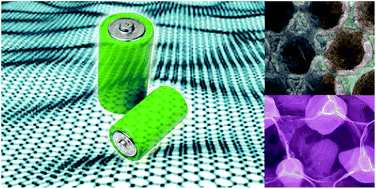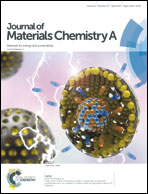Three-dimensional graphene-based nanocomposites for high energy density Li-ion batteries
Abstract
High energy density Li-ion batteries have attracted broad attention due to their great significance for various applications ranging from portable electronics to electric vehicles. However, emerging applications require batteries with greater than currently available energy densities, which have motivated numerous research efforts such as investigations on high energy density active materials, and engineered electrode structures that maximize the capacity. Three-dimensional (3D) graphene provides promising pathways for developing high energy density electrodes including cathodes and anodes, because of its potential for providing a conductive 3D network, improving Li+ ion and electron transfer, as well as accommodating the structure and volume change during cycling. In this review, recent research efforts particularly focused on 3D graphene-based nanocomposite electrodes which exhibit high energy density, high capacity, and good rate performance have been summarized comprehensively. The current challenges for high energy density Li-ion batteries have been discussed, while the potential research perspectives have been presented as well, which we hope would inspire high-performance battery investigations.

- This article is part of the themed collection: Recent Review Articles


 Please wait while we load your content...
Please wait while we load your content...